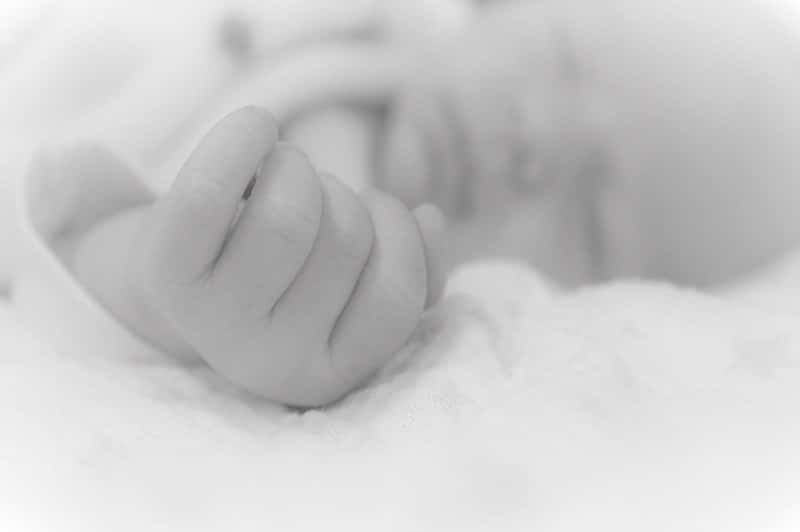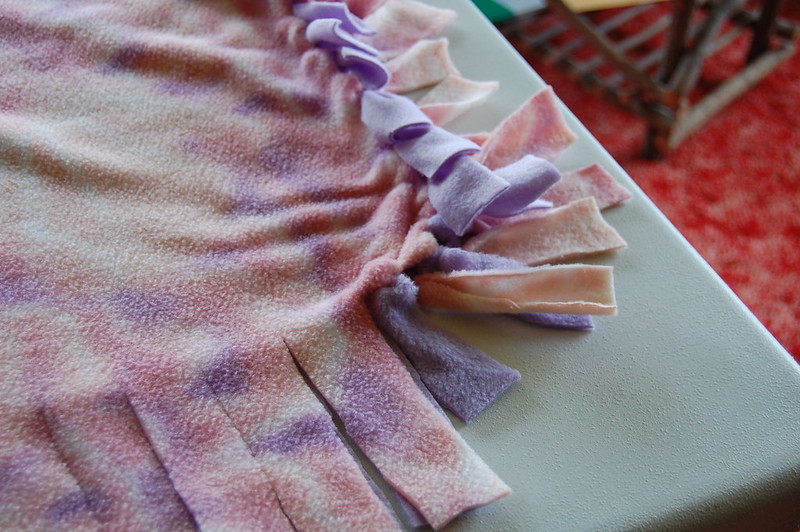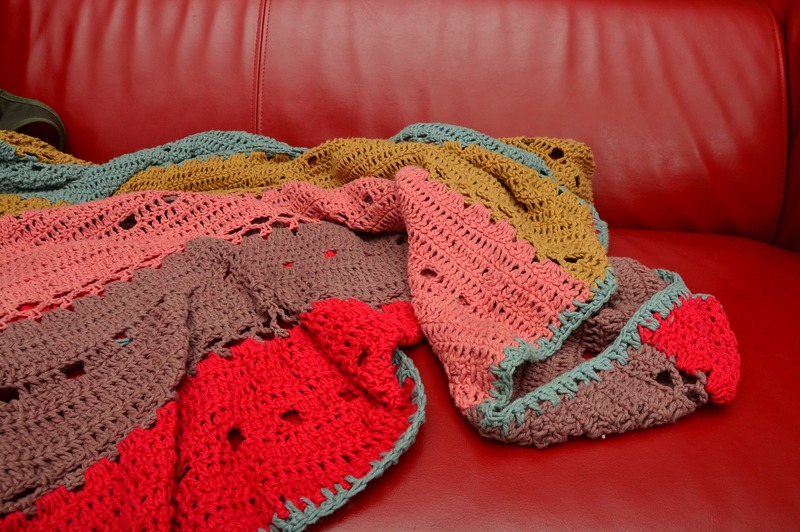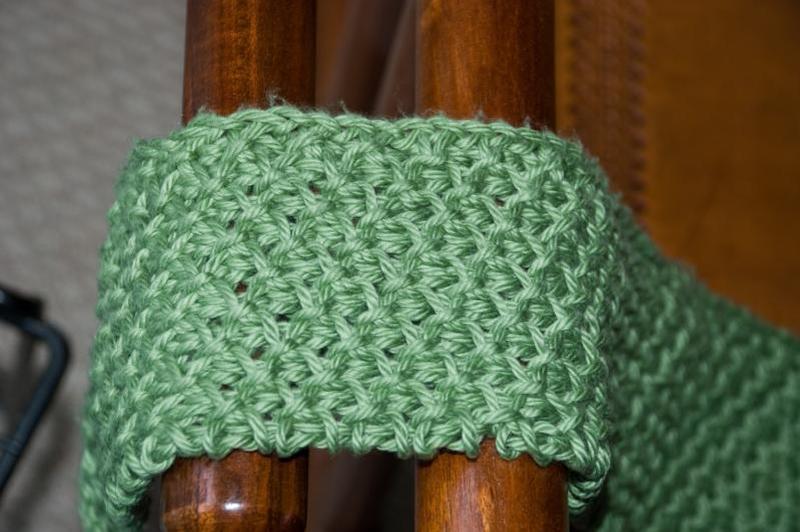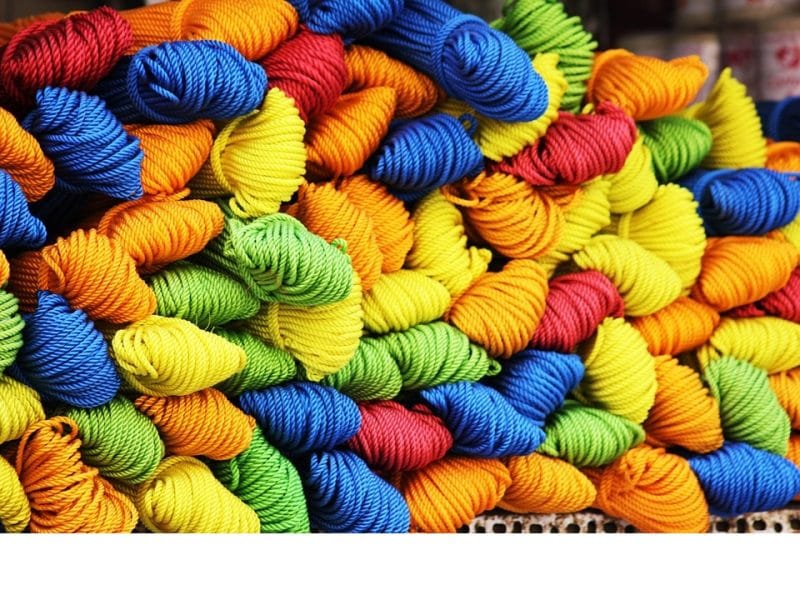Those in the UK curious about who invented the blanket can get the clue from the object’s name. As you will read later on, blankets made by Thomas Blanquette in the 14th century. However, there’s more to see in the fascinating history of blankets.
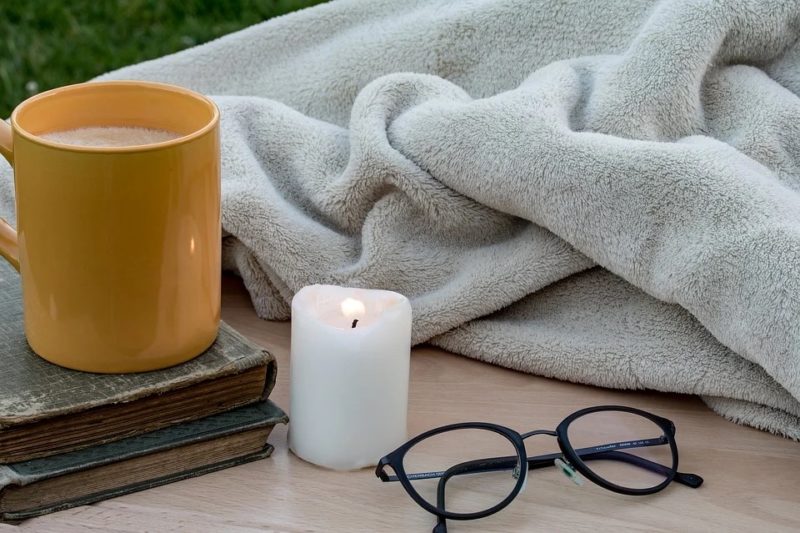
There are origin stories for each blanket type. You might have read about the swaddle blanket called Tula or the wedding blanket, Handira. However, you must understand how the first blanket came through.
Blanket History: Who Invented The Blanket?
Thomas Blanquette
If you ever wonder who invented the blanket, keep the Blanquette or Blanket surname in mind. To shorten the story, it was someone called Thomas Blanket in the 14th century. You might also be confused about another name that pops up in blanket history, and it is Edmund Blanket.
How Thomas Blanket helped made blankets more affordable for more people in the UK
So who indeed invented the blanket? Is it Edward or Thomas Blanket? In a story from Brief Romances from Bristol History, a newspaperman named Joseph Leech celebrated the invention of the blanket credited to Edward Blanket.
However, the true inventor of the blanket is Edmund Blanket, who eventually set up several looms in the late 1330s. The guilds and the Corporation didn’t like how he employed weavers, so they tried to stop his factory. However, word came back from King Edward III that Blanket shouldn’t impede.
In turn, Thomas Blanket became a significant figure and paved the way for making affordable woollen bed coverings.
What Is The Meaning Of Blanket?
The term blanket used to define an object used to cover another surface. The word blanket itself derived from the French word blanc, which means white. The deviation is that the earliest blankets are colour white due to the undyed wool material.
Where Did Blankets Originate From?
Blankets have been around for as early as ancient times. However, blankets during this period are only accessible by wealthy and influential people. Since ordinary people can’t afford blankets, they use animal skins and plant leaves instead to keep themselves warm.
After the middle ages, blankets are no longer considered a luxury. They are more available to the masses and have become widely used. The earliest blankets made from wool; hence the blanket is first invented by Thomas Blanket, a weaver from Bristol, England.
What Did People Use Before Blankets?
Researchers have uncovered the earliest sleeping mats of humans. In Africa, inhabitants 77,000 years ago use burned bedding made of local plants. Similarly, mats found in Sibudu are composed of compacted leaves, stems, and grasses within 10-feet of sediment.
In addition to this bedding construction, people used plant leaves and animal skins to cover themselves during the cold season. Blankets also used as covers for merchandise during transport. As resources improved, it has become much easier to keep warm.
Why Was The Blanket Invented?
One can easily assume that a blanket invented to help people keep warm during the cold season. Over time, people have used different materials besides wool. Nowadays, blankets used for sleeping, but there are also decorative blankets that you put on the couch or wall.
Who invented the electric blanket?
S.I. Russell patented the electric blanket, and he is considered the inventor of the electric blankets we have now. However, the earliest crude blankets in the 1900s are pretty bulky and dangerous. In 1936, the first blanket that had a separate thermostat invented to solve the safety issue.
Why Do We Love Blankets?
We all know that children have security blankets that help comfort them. As shown by further research, it’s even normal for adults to have the same affection towards blankets. But what makes us humans love and treasure an inanimate object like a blanket?
Research in 2007 suggests that emotional attachment is due to thinking that the blanket has a unique property. It’s the same way we find the essence in some heirlooms, and we view the blanket as a part of ourselves. The blanket may also symbolise a time where we feel happy and safe.
10 Facts About Blankets That You Might Not Know
- You can sleep with a blanket even during the hot season because your body will need extra warmth at night during REM sleep
- The pressure from weighted blankets can relieve stress and anxiety
- Babies benefit from swaddling because it’s similar to the conditions in the womb
- Blankets help us establish a routine to create a consistent sleeping schedule
- You can introduce a security blanket to children as early as three months of age
- Children under 12 months old shouldn’t have a blanket in the sleeping area
- It’s normal for adults to have a security blanket
- There is a so-called fire blanket that you can use to extinguish small flames
- You can hang a blanket on the wall as a decorative piece
- You can add a blanket on the couch, along with throw pillows
Conclusion
Do you ever wonder about the history of blankets? For one, who invented the blanket? Thomas Blanquette (Blanket) thought to have created the first blanket.
The looms he eventually set up have helped make woollen blankets more affordable to the masses. But before blankets, humans used plant leaves and animal skins to keep themselves warm. If you have more fun blanket history facts to share, let us know in the comments!





